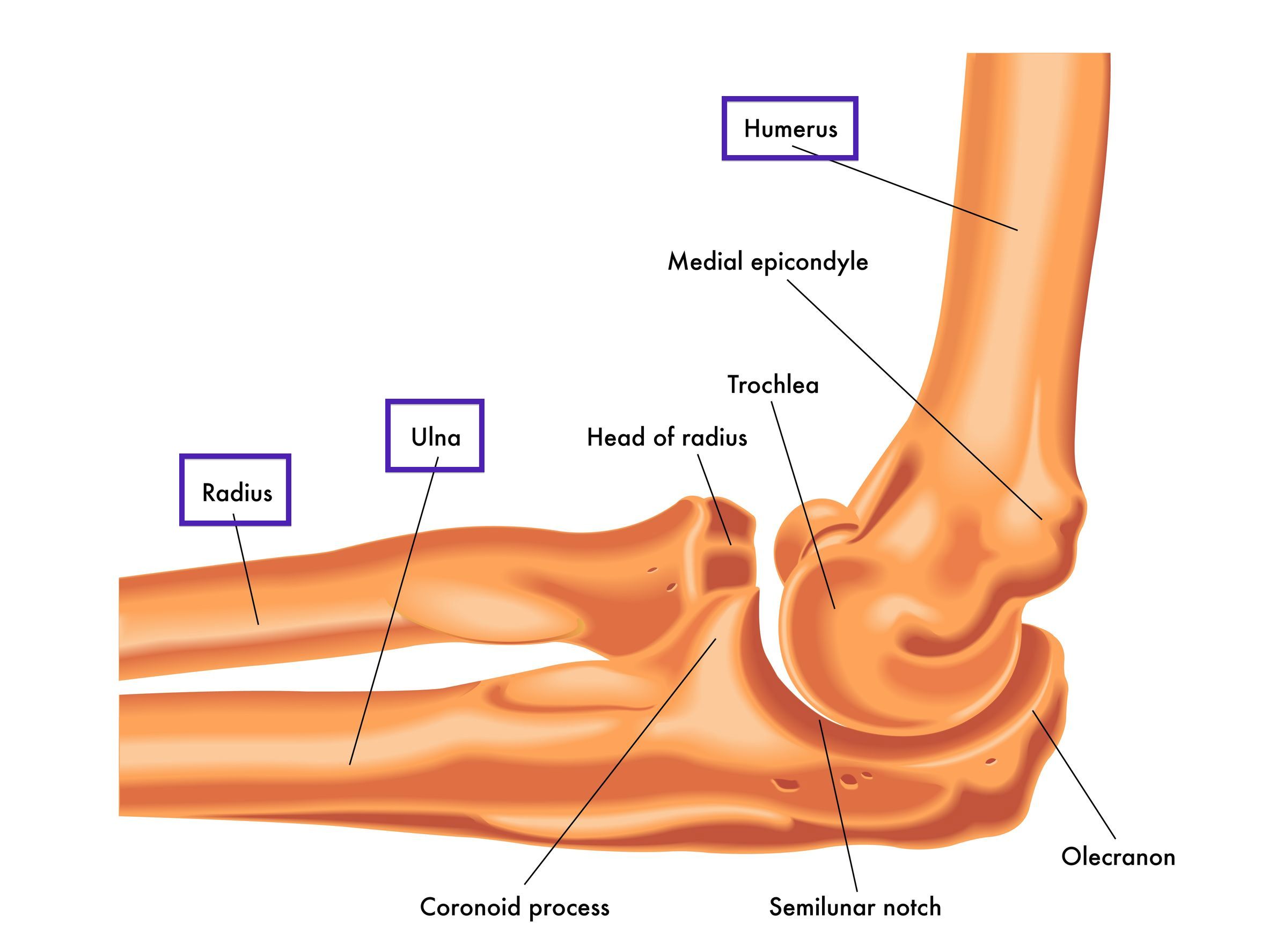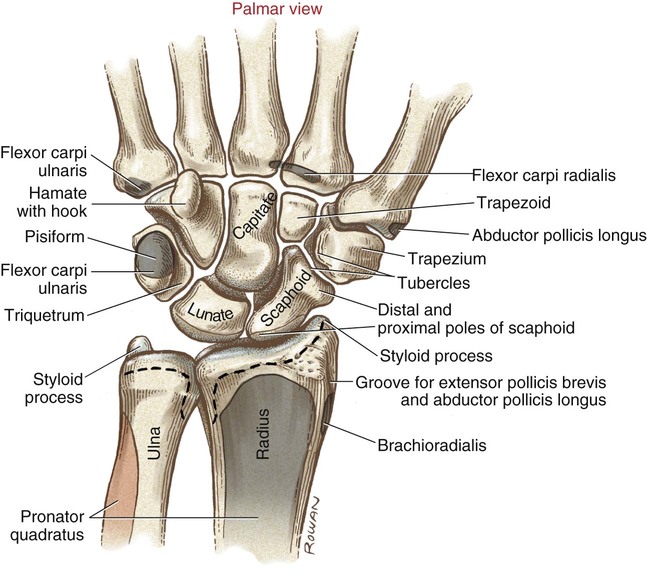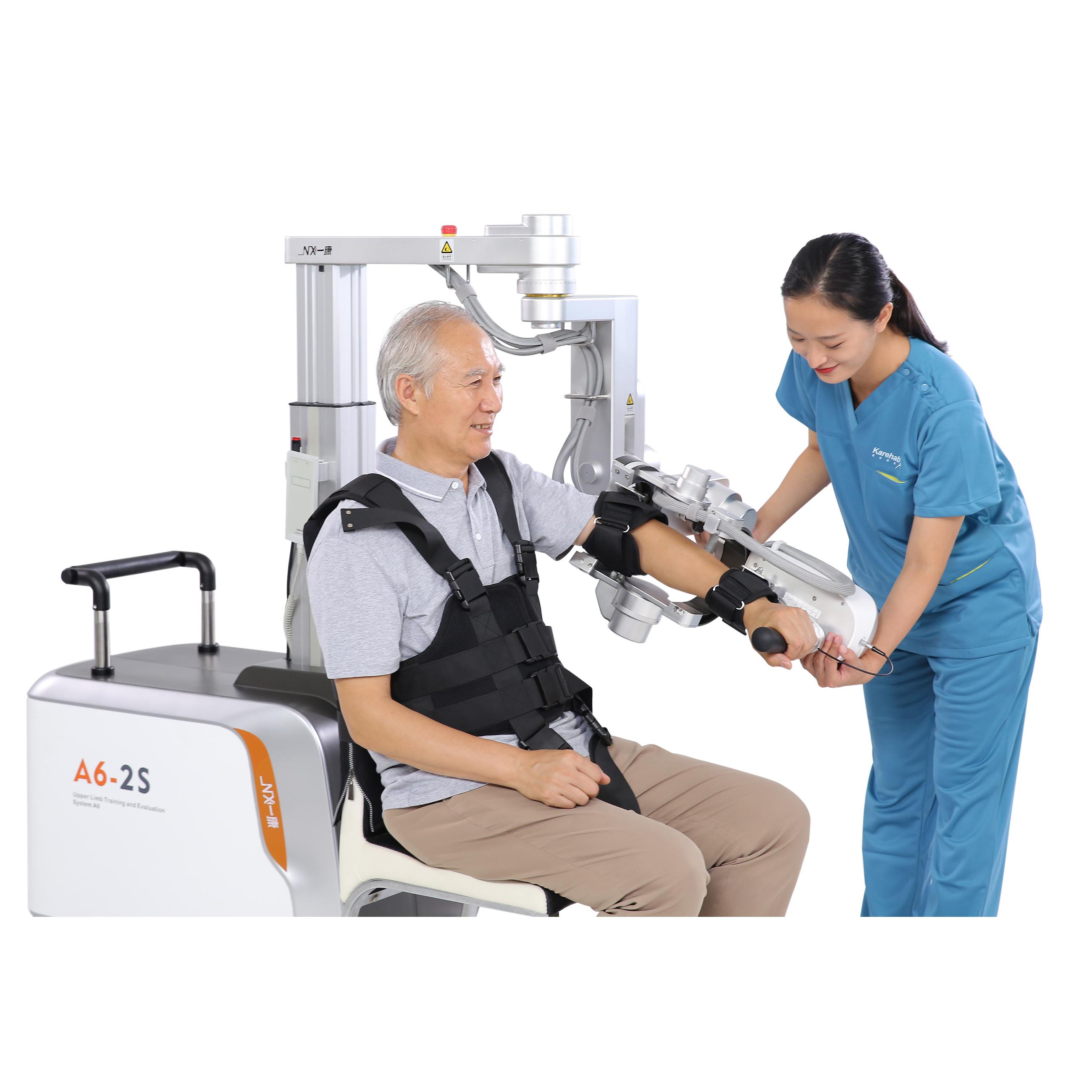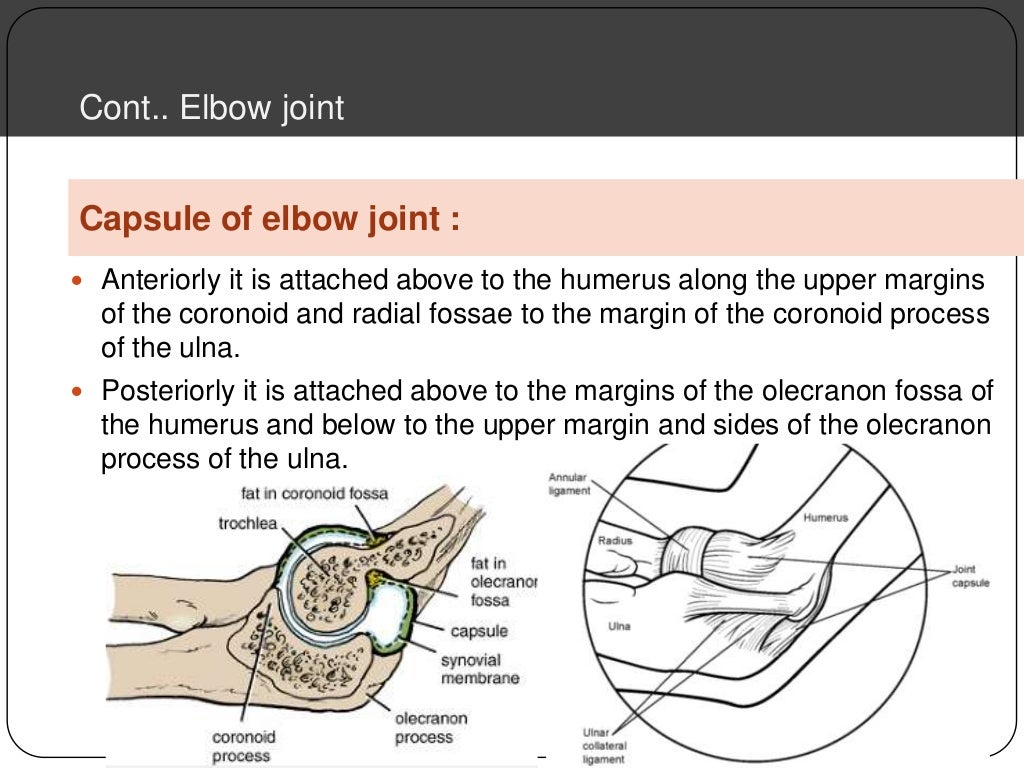Upper Limb Joints Presentation
| Introduction to Upper Limb Joints | ||
|---|---|---|
| The upper limb consists of the shoulder, arm, forearm, and hand. Joints in the upper limb allow for movement and stability. Upper limb joints include the shoulder joint, elbow joint, wrist joint, and finger joints. | ||
| 1 | ||
| Shoulder Joint | ||
|---|---|---|
| The shoulder joint is a ball-and-socket joint. It allows for a wide range of movements, including flexion, extension, abduction, adduction, rotation, and circumduction. The joint is stabilized by ligaments, tendons, and muscles, including the rotator cuff muscles. | ||
| 2 | ||
| Elbow Joint | ||
|---|---|---|
| The elbow joint is a hinge joint formed by the humerus, ulna, and radius bones. It allows for flexion and extension of the forearm. The joint is stabilized by ligaments, including the ulnar collateral ligament and the radial collateral ligament. | ||
| 3 | ||
| Wrist Joint | ||
|---|---|---|
| The wrist joint is a complex joint composed of eight carpal bones and the distal ends of the radius and ulna. It allows for flexion, extension, abduction, adduction, and circumduction. The joint is stabilized by ligaments and the surrounding muscles. | ||
| 4 | ||
| Finger Joints | ||
|---|---|---|
| The fingers have three types of joints: proximal interphalangeal (PIP) joints, distal interphalangeal (DIP) joints, and metacarpophalangeal (MCP) joints. PIP and DIP joints allow for flexion and extension of the fingers. MCP joints allow for flexion, extension, abduction, and adduction of the fingers. | ||
| 5 | ||
| Common Joint Injuries | ||
|---|---|---|
| Rotator cuff tears are common in the shoulder joint. Tennis elbow, or lateral epicondylitis, affects the elbow joint. Carpal tunnel syndrome is a common condition affecting the wrist joint. | ||
| 6 | ||
| Joint Disorders | ||
|---|---|---|
| Osteoarthritis can affect any joint in the upper limb, causing pain, stiffness, and reduced range of motion. Rheumatoid arthritis is an autoimmune disease that can cause inflammation and joint damage in the upper limb. Bursitis can occur in the shoulder joint, causing pain and swelling. | ||
| 7 | ||
| Treatment and Rehabilitation | ||
|---|---|---|
| Treatment options for upper limb joint injuries and disorders include rest, physical therapy, medication, and surgery if necessary. Rehabilitation exercises can help restore strength, range of motion, and function in the affected joints. Prevention strategies include proper ergonomics, avoiding repetitive motions, and maintaining a healthy lifestyle. | ||
| 8 | ||
| Conclusion | ||
|---|---|---|
| Upper limb joints play a crucial role in everyday activities and movements. Understanding the anatomy and function of these joints is essential for diagnosing and treating injuries and disorders. Proper care, rehabilitation, and prevention can help maintain optimal upper limb joint health. | ||
| 9 | ||
| References (download PPTX file for details) | ||
|---|---|---|
| Moore KL, Dalley AF, Agur AMR. Clinically Ori... Drake RL, Vogl AW, Mitchell AWM. Gray's Anato... Dutton M. Dutton's Orthopedic Examination, Ev... |  | |
| 10 | ||








